Minor Project: Final compilation and Reflection
27.9.2024 - 6.1.2025 / Week 1 - Week 16
Adriena Tan Yan Zi / 0351236 / BA
of Design (HONS) in Creative Media
Minor Project
Lectures
Week 1:
We have to form a group and start choosing which client out group would like to take on. We have to ask our client many questions to start figuring out what exactly do they need from us.
Client 1: TrueXR
1. User experience immersive design
2.
Only producing the concept behind it
3. Develop a concept to demonstrate
how that idea would work if we don't possess the necessary skills
4. AR
glasses with HAND TRACKING information
5. Volumetric Video
(interactive holographic that involves the gloves and the glasses)(we need to
know how the real thing moves and works in order to create this)
Client 2: Expedio design
1. Branding and Messaging Development
2.
Website Development & Optimization
3. Content
Marketing
4, Email Marketing
Client 3: DAIKIN
1. Produce Design thinking and create
branding for Air Purifier
2. Create a sub brand for DAIKIN just for the
air purifier
3. Design the concept and prototype for the Air
purifier
4. Cannot disclose any part of this project to anyone
Week 2:
What is Design thinking?
To empathize with your client's situation
and design a prototype that addresses their needs, focusing on making it out
in the market and improving sales.
- Most people are not visionary enough to know what they want from a product or what type of product they want.
- Establish empathy. Connect with your client's or customers' story. Put
ourselves in their shoes.
- Define a problem statement.
Characteristic of a person, their needs and insights. Who, what, where and
why.
- Brainstorm meaningful solutions. Practice letting loose, no
idea is too crazy.
- Prototype. Inexpensive, consider what you will need,
staff, time and money.
- Testing. improve, scrap, tweak these
existing ideas.
Users' Desirability
Tech Feasibility
Business Vitality
Empathy in action
Creating personas an effective way to
focus on your user and ensure that you are designing for the top
needs.
What do you need to do?
Prepare interview
questions for the selected groups member.
write down exactly what they
say, what we think they might mean
What you hear is only one thing. Be
sure to observe their body language.
Week 3:
We learned about how to create user persona anf how
we can apply it to this project.
Instructions
Minor project reflection
Task 1: Project Proposal
Task 2: Devise and produce design management
protocols relevant with industry practice
Task 3: Produce the final
presentation of the proposed solution to a panel of reviewers
Week 2:
First thing first we started with contextual
research to try to grasp our client's need and the market's research. Then we
were asked to research on empathy, accompanied by analytical reports on
product or service functionality and effectiveness, technical innovations and
challenges, as well as aesthetics and design appreciation, is essential to
support our new project proposal. The proposed solution must address the
identified needs uncovered through our research on the target audience.
Our group picked the Expedio's X-board project consisting 7 members from
different specialisation.
Group 5 - X-BOARD IDEA SPACE
- Janice Marie Eng Chia Hui [UI/UX] (Group leader)
- Chan Wan Qing [DA]
- Adriena Tan Yan Zi [DA]
- Jordan Axel [UI/UX]
- Celeste Low Ly-Ven [UI/UX]
- Caitlin Ong Lynn Dee [GD]
- Dow Jia Zheng [ED]
Overview:
The ultimate tool for creatives who thrive on
visual thinking and dynamic collaboration. Its sleek, mobile whiteboard design
allows you to capture ideas, brainstorm freely, and share concepts
effortlessly—anytime, anywhere. Whether you're sketching out your next big
project or problem-solving with your team, the X-Board empowers you to stay
flexible, creative, and productive in any workspace.
Problem to solve:
In today’s fast-paced and flexible work
environments, collaboration and dynamic idea-sharing are key to productivity.
However, traditional meeting tools such as fixed whiteboards and stationary
presentation systems limit movement, interaction, and creativity. Teams need
adaptable, mobile solutions to foster collaboration, brainstorming, and
effective communication across different workspaces and formats.
1. Contextual Research
Our group initiated contextual research on the company and its specific requirements. The team leader organized the research into various sections and assigned each section to different members. My responsibility, along with Wanqing, was to investigate the brand's direct and indirect competitors. We successfully completed our research and provided a summarized version for easier comprehension.
This week, we had another meeting with the client to clarify additional details and discuss the desired output product. We explored their expectations regarding brand identity, brand values, and product specifics. Additionally, they provided us with some brand references for further guidance.
With clarified questions, we gained a clearer understanding of how to proceed with the next steps based on the ideas we already have.
3. Data Collection
We first sketch out the questions we were going to inclde in the google form.
Questionnaire
After analyzing the collected data, we organized it into different sections and then consolidated it into a comprehensive summary. This approach made the overall information easier to understand and helped us identify the needs and challenges faced by our target audience more effectively.
Using the additional data collected from the online interview conducted by Celeste, we moved forward with insights discovery, problem statements, and “how might we” questions. Together, we identified the issues our target audience is facing and categorized them into common themes to streamline the ideation process later. From the identified issues, we selected a few and grouped them under the main categories to determine the key themes for our project. Unsure of our findings, we shared our progress with Mike, who reviewed and approved it. He also helped by formulating the insight statements for us.
We were also tasked with developing the key visuals aligned with the design direction, as each of us has different ideas. I was assigned the responsibility of selecting the color palette, choosing the font, and creating the moodboard before we move forward with finalizing the design direction.
Presentation by Adriena TanUltimately, we established our design direction and logo based on the key visuals developed by Jordan and Caitlin then finalized them collaboratively.
Final Task 1: Project Proposal
Following project 1, our next step is to develop the customer journey map based on the strategies proposed by our teammates for each stage.
Before finalizing the plan and content, we engaged in discussions and made adjustments as necessary to ensure the most efficient approach to delivering outcomes that effectively address our target audience's needs. Once everything was finalized, the group leader developed an advertising and promotional plan timeline outlining the schedule for each of our deliverables.
Subsequently, our group leader assigned specific deliverables to each team member, with Wanqing and me tasked to work on the social media feed and posts. To begin, we conducted online research to gather visual references and align on a shared design aesthetic.
Social Media Plan (1) - Social Media posts sketching (week 11-12)
I started with sketching the social media posts according to the art direction Caitlin set for us.
X-board logo post
Booking a showroom post
Social Media Plan (2) -Digitalising Social Media posts in Adobe Illustrator (week 11-12)
Unfortunately, the social media posts I designed were not used in the end, as Janice preferred to redesign them herself due to dissatisfaction with the initial version. We ultimately proceeded with her final design instead as sir preferred hers when we consulted on week 12.
Creating the mockups
By now, our other teammates are also finishing up their parts for the execution as well.
Final submission
our execution:
Final presentation slide
Feedback
Week 2:
Please frame questions in a polite and thoughtful manner, refining them to minimize unnecessary work. Where appropriate, include examples or research to provide context and justification. At this stage, focus solely on gathering information rather than proposing solutions, and avoid questions related to solving the X-Board, as we currently lack sufficient data on the audience's preferences.
Week 3:
The user personas can be categorized as follows:
1. Corporate Office Workers: Consider whether this category will include various types of office workers operating in different environments, such as open spaces or private rooms (e.g., cubicles).
2. Lecturers: This category seems broad, so it may be helpful to specify a particular area or field of expertise. Alternatively, consider rephrasing this category to encompass a broader term, such as "Educators."
Week 5:
Feedbacks on Survey Analysis
A1. Sell the features of the product not hard sell
A2. Functionality - must function as a mobile whiteboard - must serve as a divider
A3. Are they willing to pay for RM400-500, what can they add to the products so that they are willing to pay the price
A4. Create an awareness first, teach them how to use the board, why they need this board
C1. Is the board suitable for large group of people, what is the scenario of these people using x board, how many boards they need; would they want to build a wall for themselves to divide themselves
D1. Go back to Expedio, what is the largest size they can customise
Week 10:
Website: Design landing page with keywords for the SEO, make an incentive for them to book a demo
Social Media: Advertisements (which post will be the ad/how many ads and how frequent)/sales deals move to the newsletter to keep it exclusive/ for the collaboration issues post separate it to the specific target audience.
Blog: Awareness
Social Media: Countdown for something climatic only, try to make it more
Demo: Plan out the physical demo based on the how might we/ follow up demo requested by people/booth
Email: Demo Follow up, remind them on what was discussed in the demo
Week 12:
The art direction should align with our chosen keywords, so consider identifying an alternative word that can replace "awareness" for visualization purposes. Based on the brand identities and values, we need to select relevant keywords and explain why each was chosen. The art direction should then be developed in accordance with these keywords. Stock videos can be used for the reels, eliminating the need for original footage. Additionally, consider modeling the X-board to avoid the need for shooting, taking pictures, and editing them yourself.
Reflection
This week we got in class and we were required to form a group of 7-8 from each specialisation if we could manage to find them. Other than forming a group, we were being briefed on the different projects offered by the client and that we needed to choose one between them. Our group went for the Expedio project as we feel that’s best fit the skill set our groupmates possessed.
For the final week, we worked on finishing the presentation slide. We were also delegated to fill in different parts of the project tracking document and we also had to upload our designs and work into the google drive. We had one last meeting and I was told to make the social media mockup for the posts that were approved and so I went online to find free mockups psd file and edited them. After I’m done, I upload the final designs to the slide.























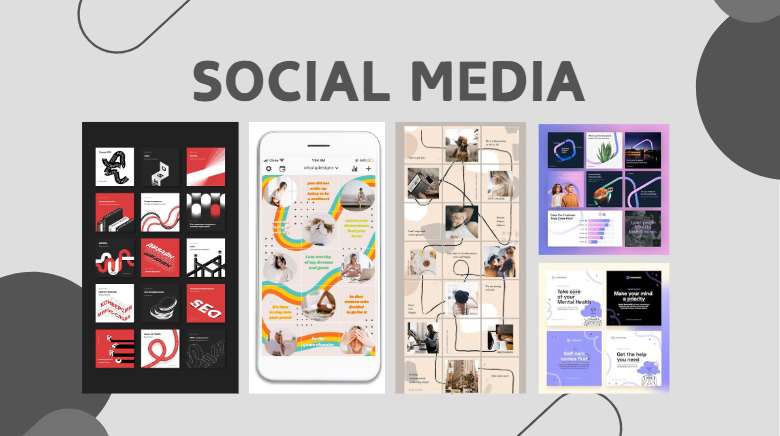



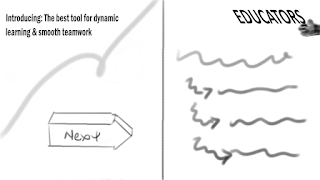




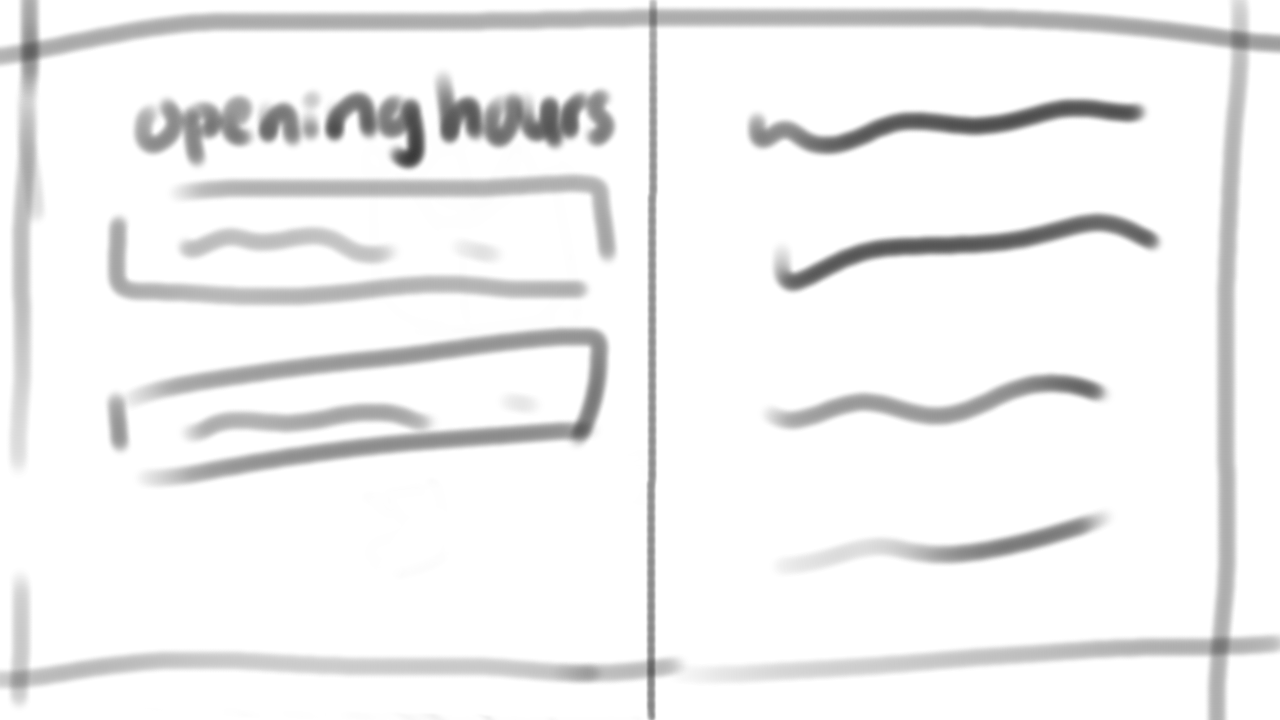


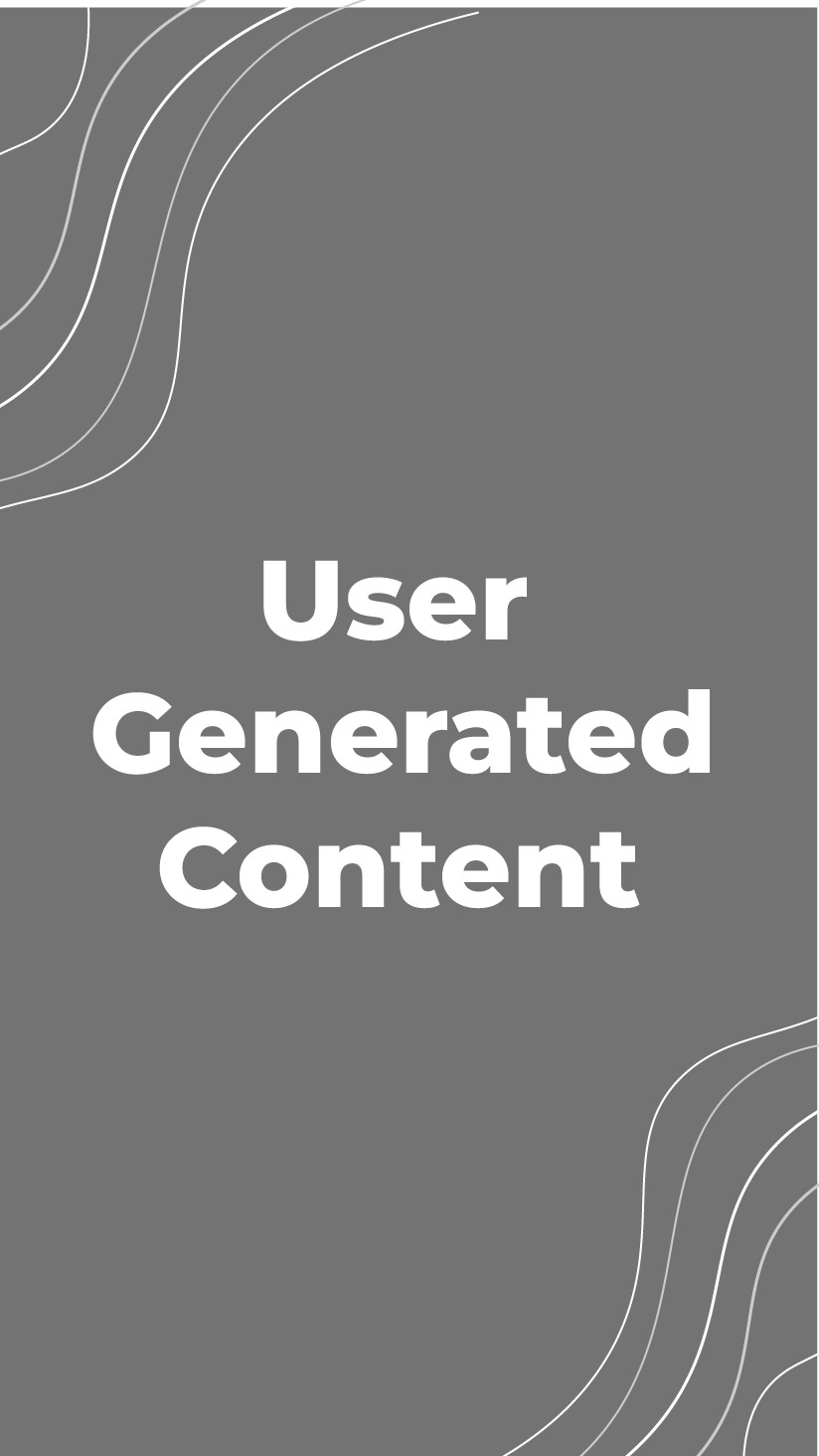

















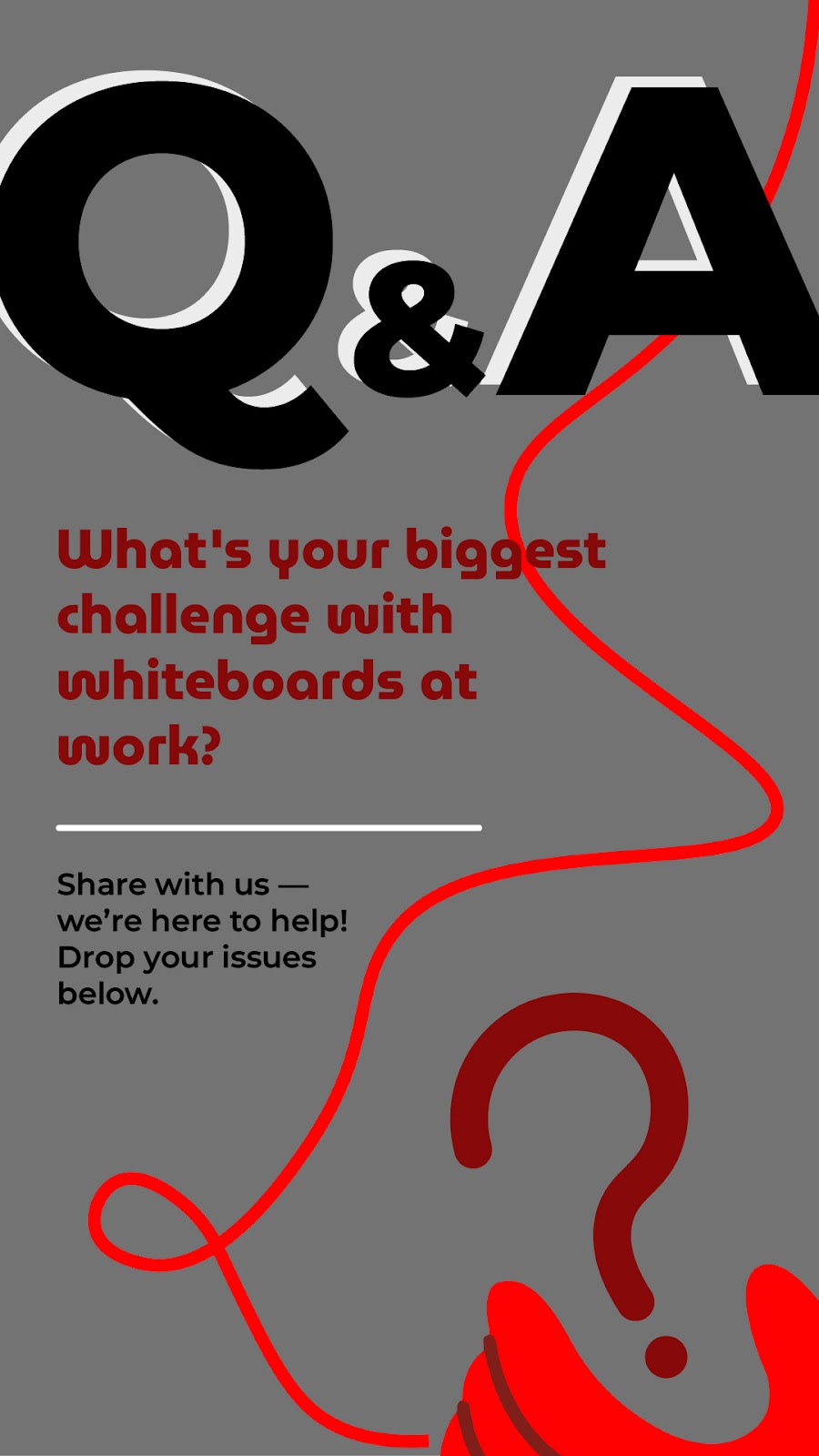










Comments
Post a Comment